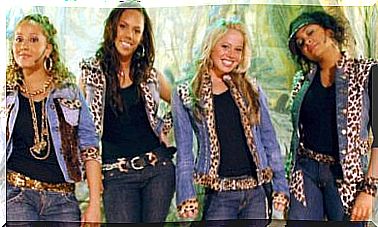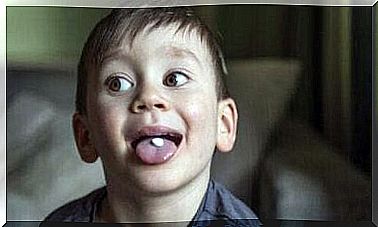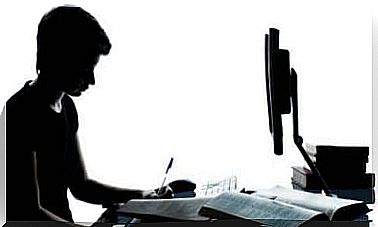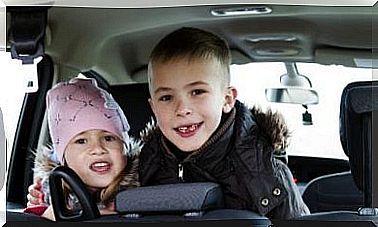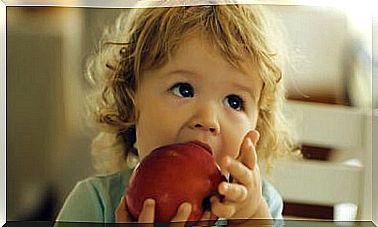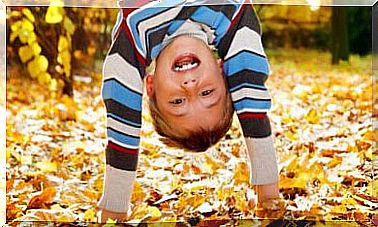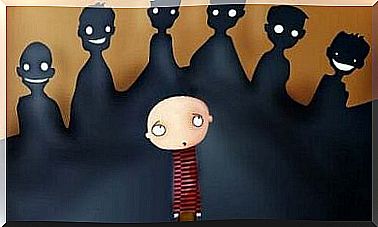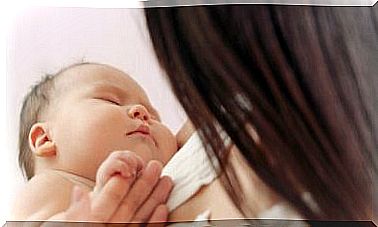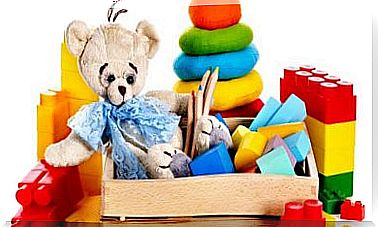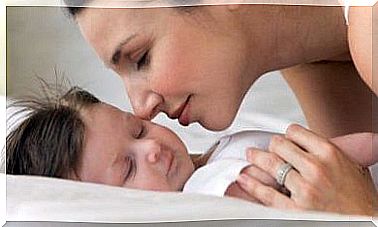Pacifier And Bottle: Are They Bad For The Baby?
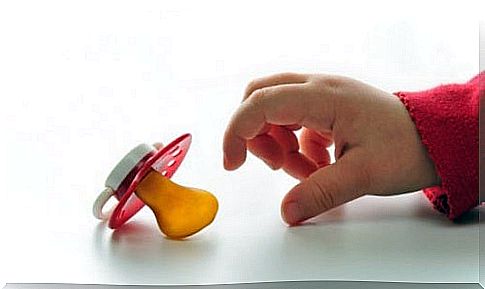
Pacifiers and bottles are items in common use among mothers, but have always been the subject of discussion due to the negative effects they could have on the development of the baby. To these diatribes is added a mass of studies and research on the subject.
We know that the pacifier or soother is useful for calming the baby’s anxiety, reducing stress. There are even those who claim that it decreases the risk of sudden infant death.
Likewise, the bottle is an important tool for feeding the newborn when, for some reason, it cannot be breastfed; it is also useful for administering medicines, water or other liquids, such as fruit juices.
Despite this, there are many people who look at these objects with suspicion, due to their possible interference with the growth of the child, especially as regards the formation of the teeth, the development of the mouth or the mother-child relationship.
What are the dangers of using a pacifier and bottle?
It can be said that the real danger lies in using them improperly. That is to say, offering pacifier and bottle when needed and taking it off at the right time makes a big difference compared to indiscriminate use.
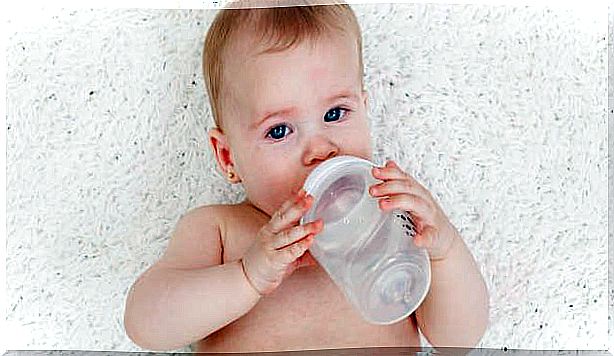
Photo courtesy of padresehijios.com
One thing that worries moms, for example, is how much the baby cries and suffers when he is separated from his dear silicone friend.
This discomfort experienced by children when the pacifier is taken away is indicative of the fact that they are getting too used to using it. In this sense, attention must be paid to the situation that arises.
According to specialists, the dangers inherent in prolonged use of the pacifier, bottle or other behaviors such as sucking the thumb, can be the following:
- It leads to replacing the nipple with an unnecessary artificial object.
- It interferes with the breastfeeding process, because sucking happens differently.
- The baby ends up no longer feeding satisfactorily because he cannot control the breast as much as the bottle.
- It affects the appearance of cavities and other dental problems, especially when the pacifiers are moistened with sweet foods.
- It favors the appearance of malformations of the mouth and dental arches, because the prolonged use of pacifiers and bottles prevents the correct movement of the muscles of the oral cavity.
- Some experts argue that pacifier use may hinder normal language development. This problem does not affect children who have used it for less than nine months.
It is normal for the baby to reproduce the sucking movement, as this is an indispensable reflex for it to feed. This natural instinct is linked to survival and that is why babies tend to suck their finger or any object that reproduces the mother’s nipple.
Artificial objects such as the pacifier and the bottle therefore help the baby to calm down or to feed in an alternative way to breastfeeding, but it is advisable to use them prudently.
Is it possible to avoid the interference of the pacifier in the development of the baby?
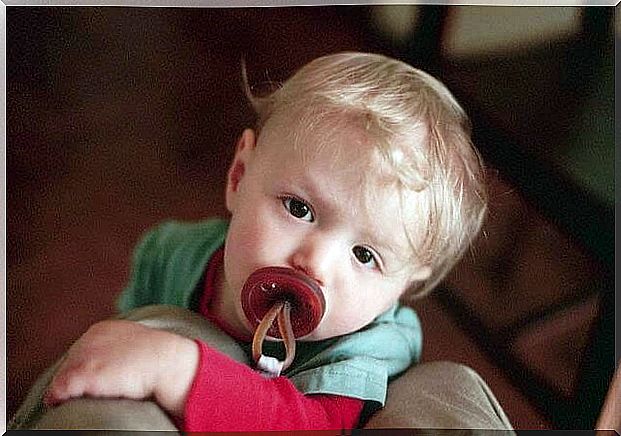
Photo courtesy of ¿Qué necesita mi bebé?
Although it is advisable to avoid the use of a pacifier, the mother cannot be forbidden to use it when she needs to calm her baby. In this case, it is better to follow the advice of experts, for example:
- Use the pacifier only after the first month of the baby’s life.
- Never completely replace breastfeeding for a bottle.
- Use it for a short time.
- Avoid using a pacifier just to not hear the baby cry.
- Take care of the hygiene of the pacifier and bottle, in order to avoid problems such as diarrhea.
- Limit its use in the first year of life and discard it in the second.
- Avoid forcing the abandonment of the pacifier; it is not advisable to resort to punishment or extreme measures to make the child stop asking for it.
